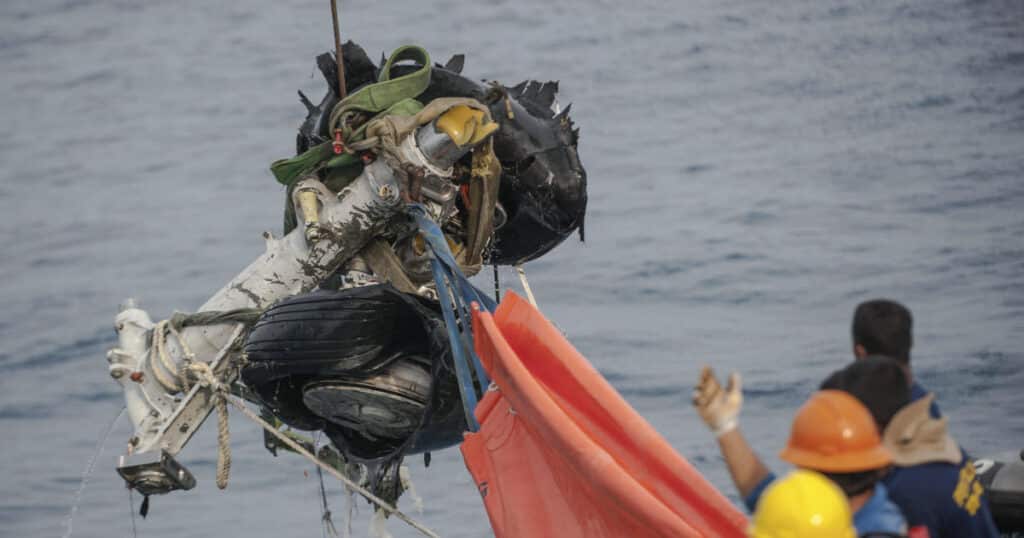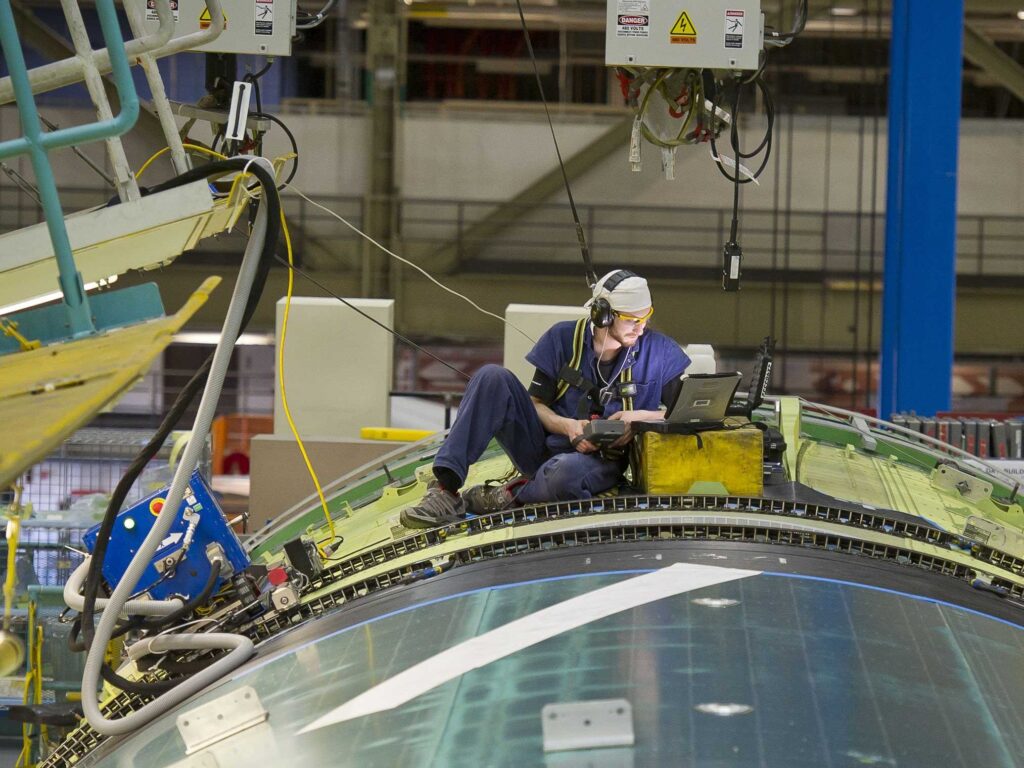Our results from a study of 200 Small Airplane incidents in 2023
The vast majority of Small Plane Crashes are Pilot error, right ?
WRONG.
That’s not what our data reported – so be careful what you read.
We looked at more than 200 of the most recent small airplane crashes (QTR1 2023 -worldwide) and we have the data to back it up.
Meticulously curated from the excellent Aviation Safety Network, we took only those aviation incidents that detailed confirmed causes attributed to the event.
And we chose only those reported (note: in some cases there are preliminary reports) by the relative Aviation Authority and not just by ASN (FAA, Canada’s TCCA, the UK CAA or EASA).
First some caveats…
- These plane crash statistics are from the first 4 months of 2023 but represent only a small sample amongst the total. If you are looking for a %, we studied around 25% of 2023 incidents up to May.
- These incidents involve the most produced aircraft in the World. The vast majority are CESSNA, PIPER and BEECHCRAFT. These aircraft are fundamentally the same design except for a difference in wing placement (don’t worry – this becomes very important later!) Some are “high-winged”, with the wings mounted on top of the fuselage – Such as the Cessna as seen here…
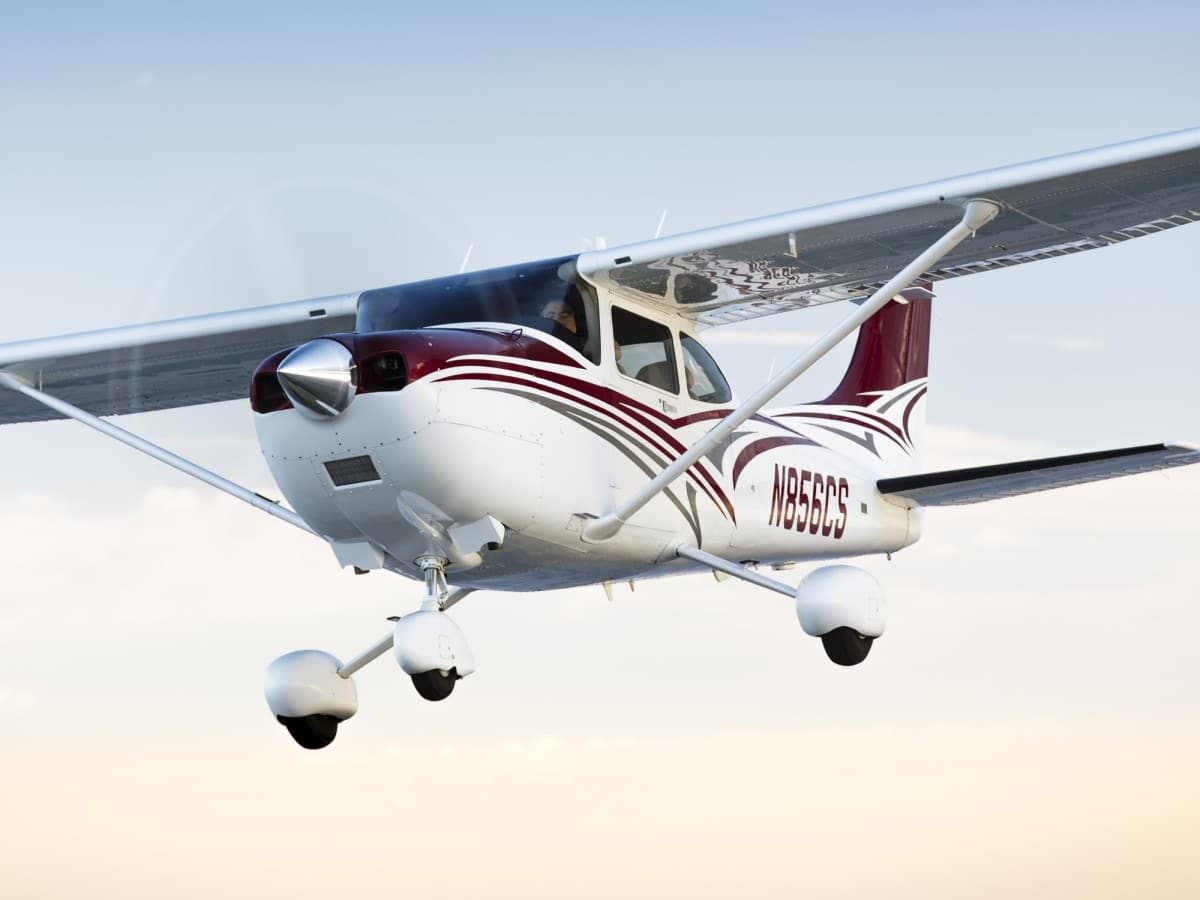
And “low winged” aircraft where the wings are placed at the bottom of the fuselage. Such as the Piper or the Beechcraft as seen here…
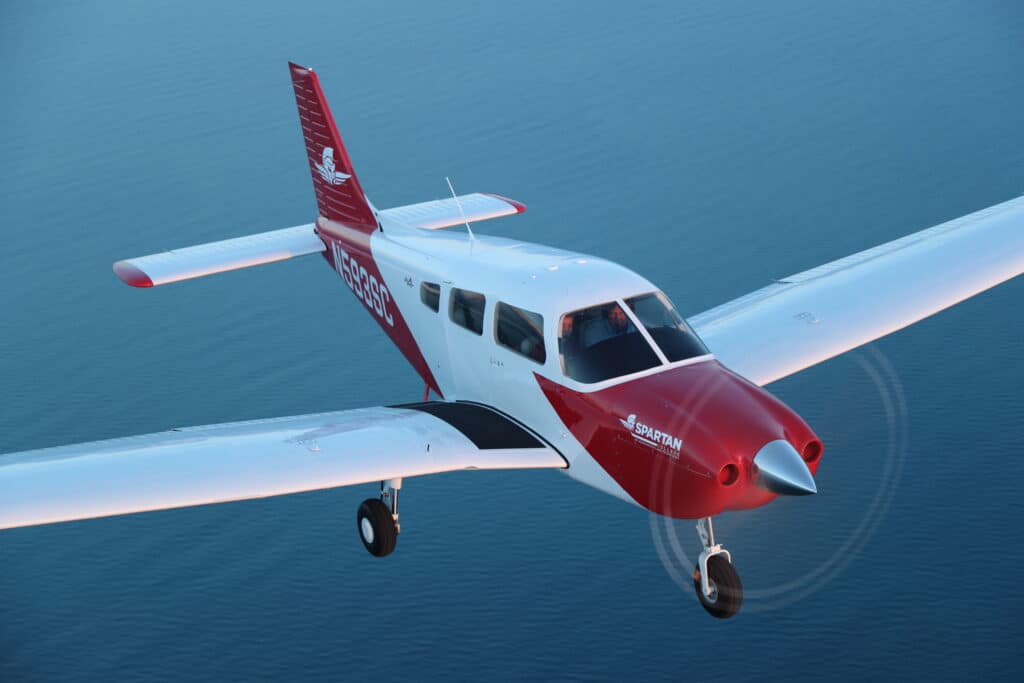
The engines are almost always front-mounted (on the nose) but twin-engine aircraft are wing mounted. All engines are kerosene burning piston designs from Lycoming and Continental. The aircraft are all built with aluminum and varying degrees of composite materials.
Is it common for small planes to crash?
Yes. Very.
Already in 2023 (worldwide) Aviation Safety Network reported more than 500 crash investigations. Some minor. Some fatal. Having gone through the reports, our opinion is that the difference between an incident being minor or major, was very much dependent on when the problem occurs (phase of flight) and the skill level (experienced pilot v inexperienced pilot). With luck playing a big part.
To get an idea of scale : In 2022, there was more than 1,500 reports worldwide from crash investigators from a total fleet of 200,000+ general aviation aircraft.
Why did we look at these single engine plane crashes?
We wanted to see what was really causing the most produced, small aircraft to crash. So that we might predict if emerging technologies – namely the eVTOLs – might suffer the same fate. Or if electric propulsion might prove different (read: safer).
the eVTOL market is set to replace both helicopters but also land based transportation systems. Especially in congested cities and urban areas.
But lets look at the results…
TOP 5 Reasons for Small Airplane Crashes
1. Engine Failure
40% of all incidents were caused by loss of engine power, engine fire or engine-related malfunctions. In almost all cases the pilot failed to get the aircraft back to the runway. Small aircraft can glide, but decision-heights are low and don’t give pilots much time to react.
2. Pilot Error
30% were Pilot Error. In the context of these reports we can define “Pilot error” as when control of the aircraft was lost resulting in an incident or accident where no other factor (engine problem, weather etc) was reported. What is interesting, is that our study showed the vast majority (90%) of these incidents involved the aircraft leaving the runway during the landing phase.
3. Landing Gear
18% of the incidents were a failure of the landing gear on take-off or landing. This includes wheel and brake issues. This was a big surprise given very few of the aircraft have retractable gear (only static).
5. Bad Weather / High Wind
12% of the incidents were weather related, with the biggest culprit being wind at the airfield. Again, during the landing / roll-out phase of flight. Turbulence was reported in 2 cases, but none resulted in being directly responsible for an incident. Icing – the loss of control due to ice build-up – was reported only once.
Miscellaneous
There were other events, but they occurred only once. Such as the loss of electrical power, or loss of flight control mechanisms (non-engine related). There was one Birdstrike and unfortunately, one Suicide. In-flight collisions happened twice, both in North America. Fuel exhaustion only once. There were other non-operational events which I did not include such as accidentally walking into propellers, which don’t impact design or operational issues.
What causes the crashes of small Aircraft?
This means almost 60% of small airplane crashes were equipment failures. Not pilot error. In our 2023 sample data, it was mostly engine failure or landing gear failure or a related malfunction. Of the pilot error incidents, thankfully, the vast majority were non-fatal and mostly involved the aircraft veering off the runway while attempting to land.
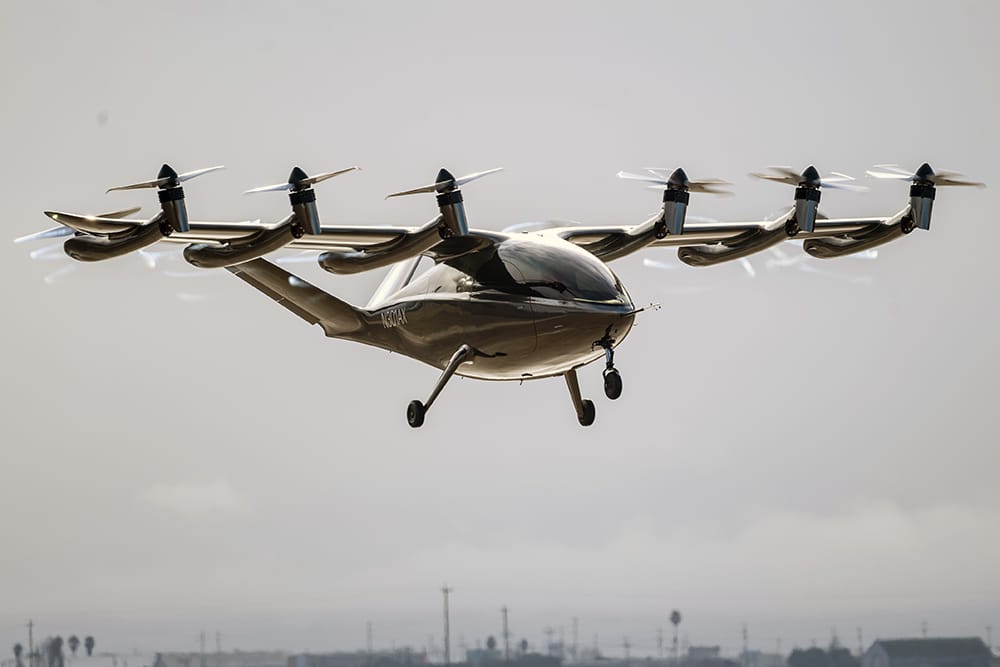
Will eVTOLs "reduce" the causes of aircraft accidents?
We believe they will.
There are key reasons for this.
- Power supply/Propulsion – eVTOLs use “Distributed Electrical Propulsion”. With many motors directly linked to the power source.
- Less Rotating Parts – compared to a Helicopter, eVTOLS have much less rotating parts. There’s no drive train, or shafts. Less parts means less things to fail.
- Heating / Cooling – kerosene driven jet engines produce heat and require cooling. So does the related systems such as Hydraulics and liquid cooling systems.
- Vibration Reduction – The reduction in parts and systems means less vibration on eVTOL aircraft with simpler designs.
- More Rotors – eVTOL design means more rotors instead of one main rotor and one tail rotor. Automatic safety redundancy.
There are currently two broad design categories for eVTOL aircraft:
Unwinged (multicopters)
Winged
Winged is the preferred architecture, due to the fact that they are more efficient for long range mobility applications. Wings also benefit both hovering and cruise modes because they act as stators that increase rotor efficiency. Winged designs have five subcategories:
Vectored Thrust (VT) or Transitioned thrust (TT),
Tilt rotor (TR),
Tilt wing (TW),
Folding wing (FW),
Fixed rotor (FR).
Winged architectures generally provide greater flight efficiency during cruise mode.
Here is a Winged example – from Lilium Jet…
Vectored and Transitioned Thrust
In a vectored thrust (VT) design, the eVTOL aircraft uses special mechanisms to tilt or move the rotors to control its movement. It’s like a helicopter that can change the direction of its rotors to go up, down, or sideways. This design allows for great maneuverability, but it can be a bit more complex and potentially have more parts that could go wrong.
On the other hand, in a transitioned thrust (TT) design, the eVTOL aircraft has separate sets of rotors—one set for lifting off the ground and landing, and another set for flying forward. This means that during the flight, the lifting rotors aren’t used, and they just stay still. This design makes the eVTOL aircraft simpler and reduces the risk of something going wrong with the tilting mechanism.
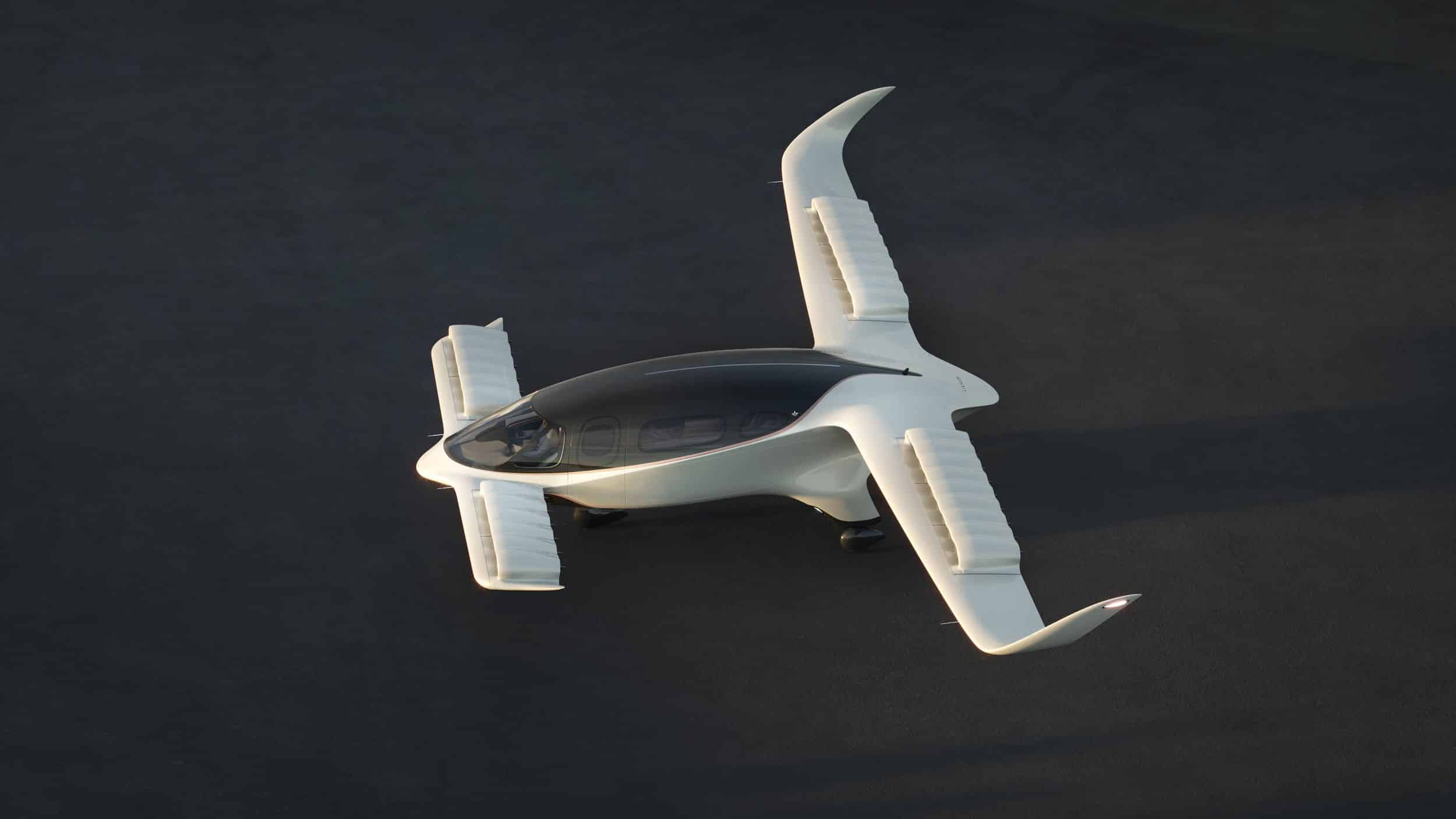
And here is a Multicopter design from EHANG...
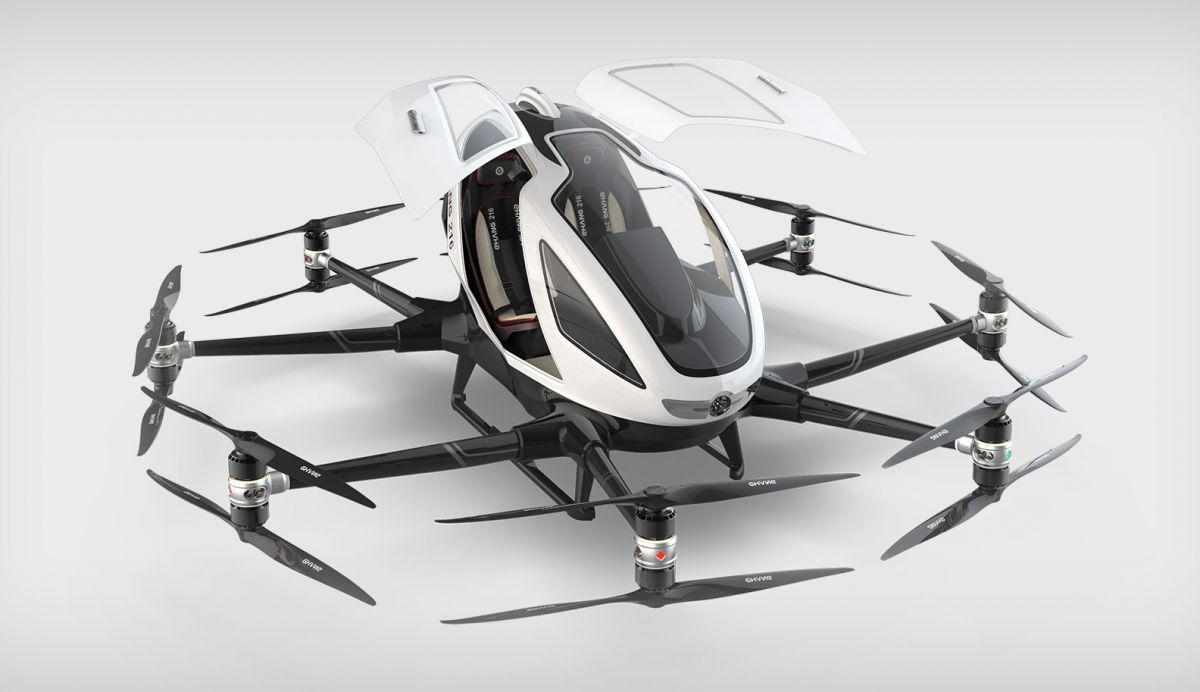
All eVTOLS use electric motors to spin propellers that provide both LIFT (vertical take-off) and CRUISE operations. Electric motors have advantages over kerosene burning engines – from a safety standpoint:
Energy from a battery is more efficient and produces thrust at lower cost. And motors are distributed around the airframe to improve controllability.
But each motors can be independently connected to Battery power to provide redundancy – Reducing a single point of failure. This is a key design advantage the eVTOL has over single-engine, single propeller small aircraft.
But… does this design freedom in motors, propellers, rotation speeds exacerbate the design complexity and lead to failures and accidents?
Will eVTOL Electric engines be safer?
We defer to BELL here – they know a thing or two about Helicopters and Tilt rotors!. The below video explain the benefits of distributed electric propulsion better than we ever could.
But if you don’t have time here are the KEY TAKEAWAYS
- Reduced Complexity of Components
- Improved number of options for architecture (redundancy)
- Ease of Maintenance
There are some challenges however. EVTOLS can suffer
- Rotor Stoppage
- Structural Failure/Imbalance & Vibration
- Rotor Speed Oscillation

So why compare small airplane crashes to eVTOLS?
It’s simple, new small airplanes – eVTOLS (or electric aircraft) are going to revolutionize the small airplane market in the next 5 to 10 years. Urban Air Mobility from manufacturers such as EVE and Lilium will deliver sustainable electric aircraft which will be more energy efficient, quieter alternatives to old helicopters and light aircraft.
They will be joined by similar platforms such as Unmanned Air Systems and drones utilizing the same airspace and traffic management networks. But as a whole ,these airplanes form a large solution to the goals we have set to reduce emissions and noise pollution by 2050.
Airport or Vertiports
In the United States alone, the size of the General Aviation market “hovers” around the 200,000 mark. That’s a big market. eVTOLS will also be serious options for state-run air transport in this climate conscious age, in areas such as EMS and Medical helicopters as well as Policing.
And eVTOLs are pretty much ready. Here’s the EIS (entry into service) data for the big OEMs’
Volocopter – 2024 (VT)
BETA – 2025 (VT)
Vertical – 2026 (VT)
Archer – 2024 (VT)
Joby – Unknown (TT)
EVE Mobility – 2026 (VT)
Jaunt – 2027 (TT)
EHANG – 2024 (VT)
Lilium – 2025 (VT)
*VT = Vectored Thrust TT = Transitioned Thrust
Last but not least the eVTOL aircraft promises far less Capx (Capital Expenditure) and Opx (Operating Expenditure) compared to current technology helicopters and land based trucks and taxis. Yes, we need to have comparable infrastructure and that will take time – but the owners and operators of these new fleets of eVTOLs do have compelling fundamentals.
eVTOL Safety FAQ
Q: Are eVTOL aircraft prone to pilot error like small planes?
A: eVTOL aircraft are designed to have advanced automation systems, reducing the likelihood of human error during flight operations.
Q: Do eVTOL aircraft face the risk of mechanical failures?
A: eVTOL aircraft undergo rigorous testing and certification processes to ensure mechanical reliability, minimizing the risk of failures.
Q: How do eVTOL aircraft handle adverse weather conditions?
A: eVTOL aircraft are equipped with advanced weather monitoring systems and automated flight controls that can help navigate and avoid hazardous weather conditions.
Q: Can eVTOL aircraft experience loss of control during flight?
A: eVTOL aircraft are designed with redundant control systems and flight control algorithms to mitigate the risk of loss of control incidents.
Q: What about fuel-related issues in eVTOL aircraft?
A: eVTOL aircraft rely on electric propulsion systems, eliminating concerns related to fuel mismanagement or fuel exhaustion.

